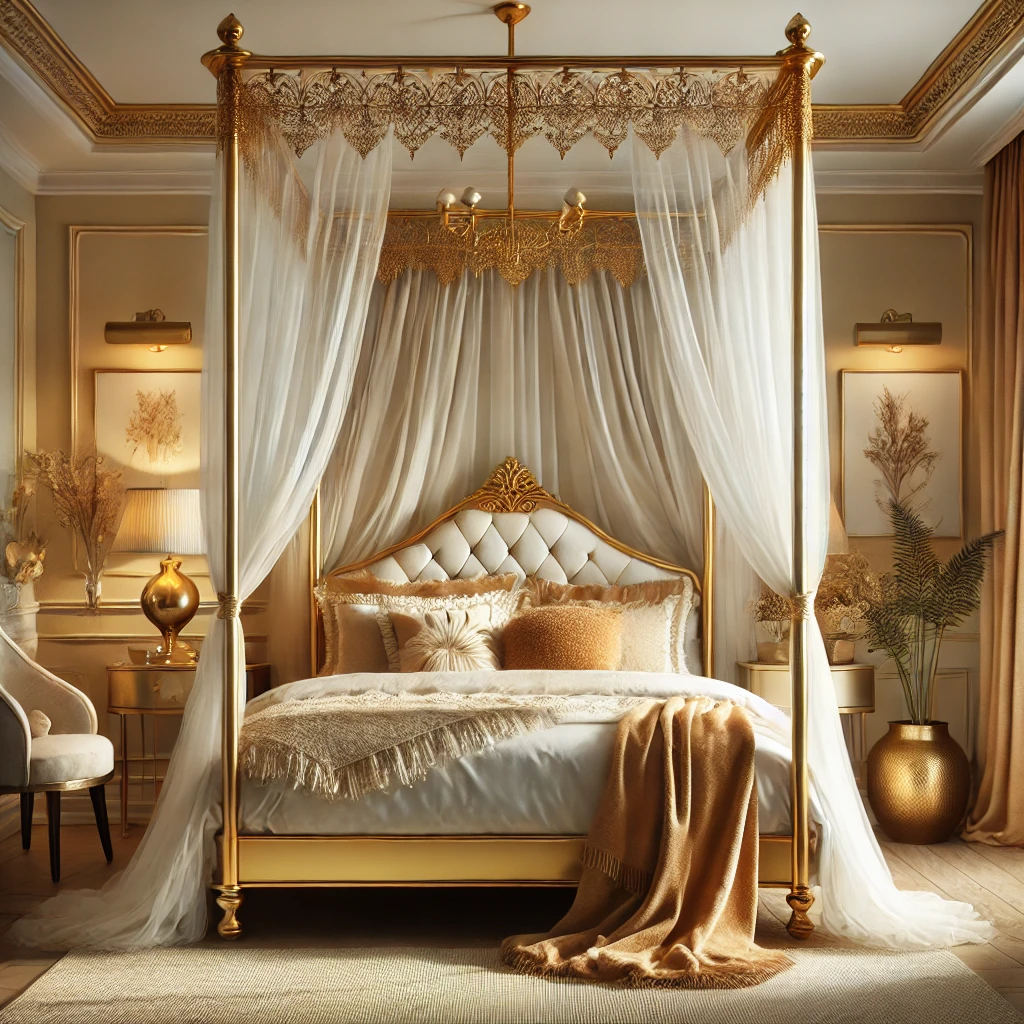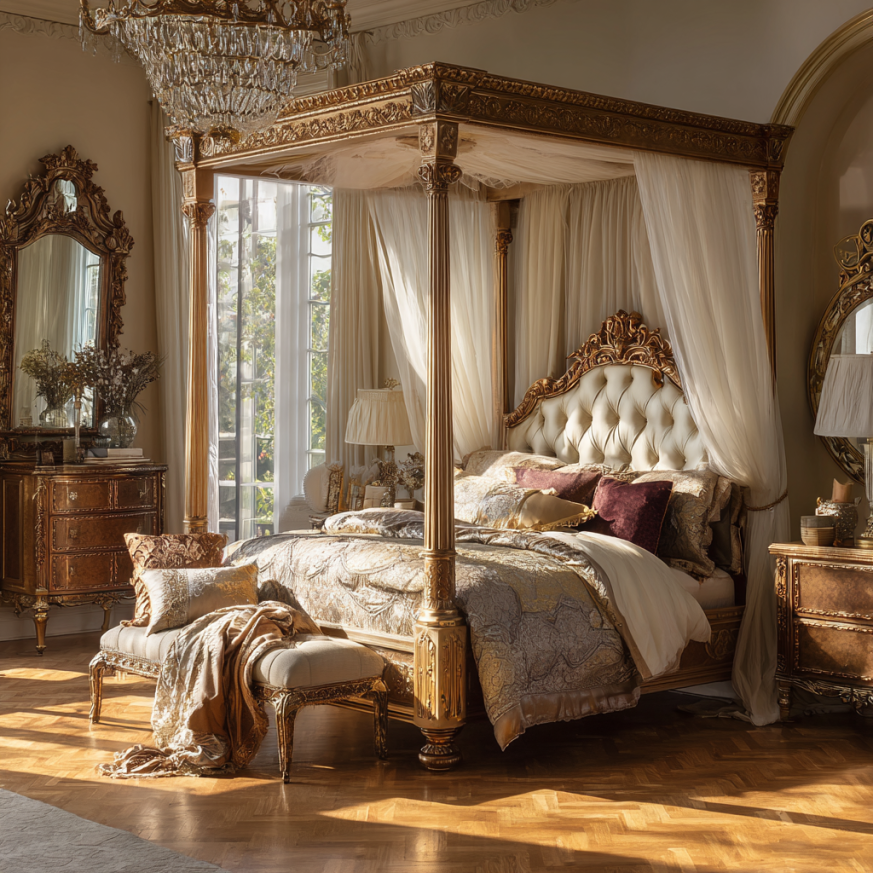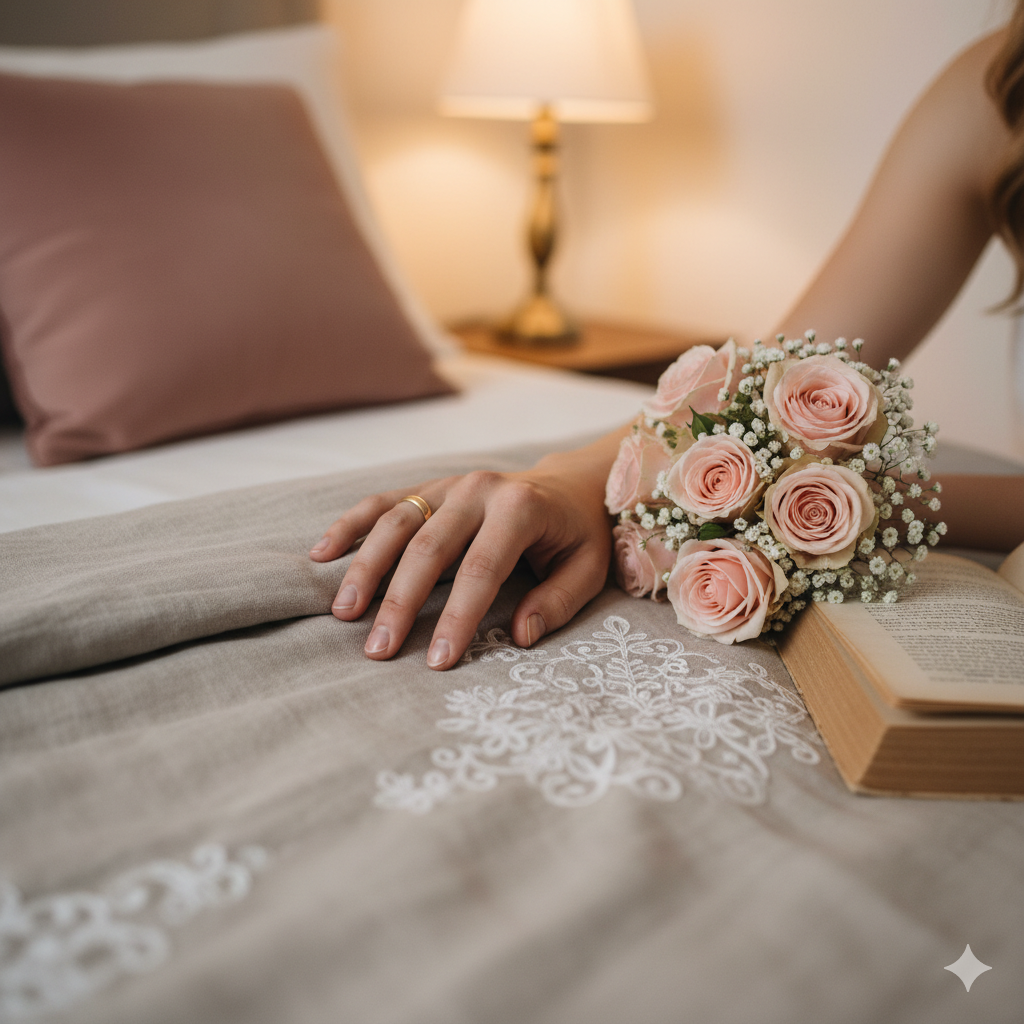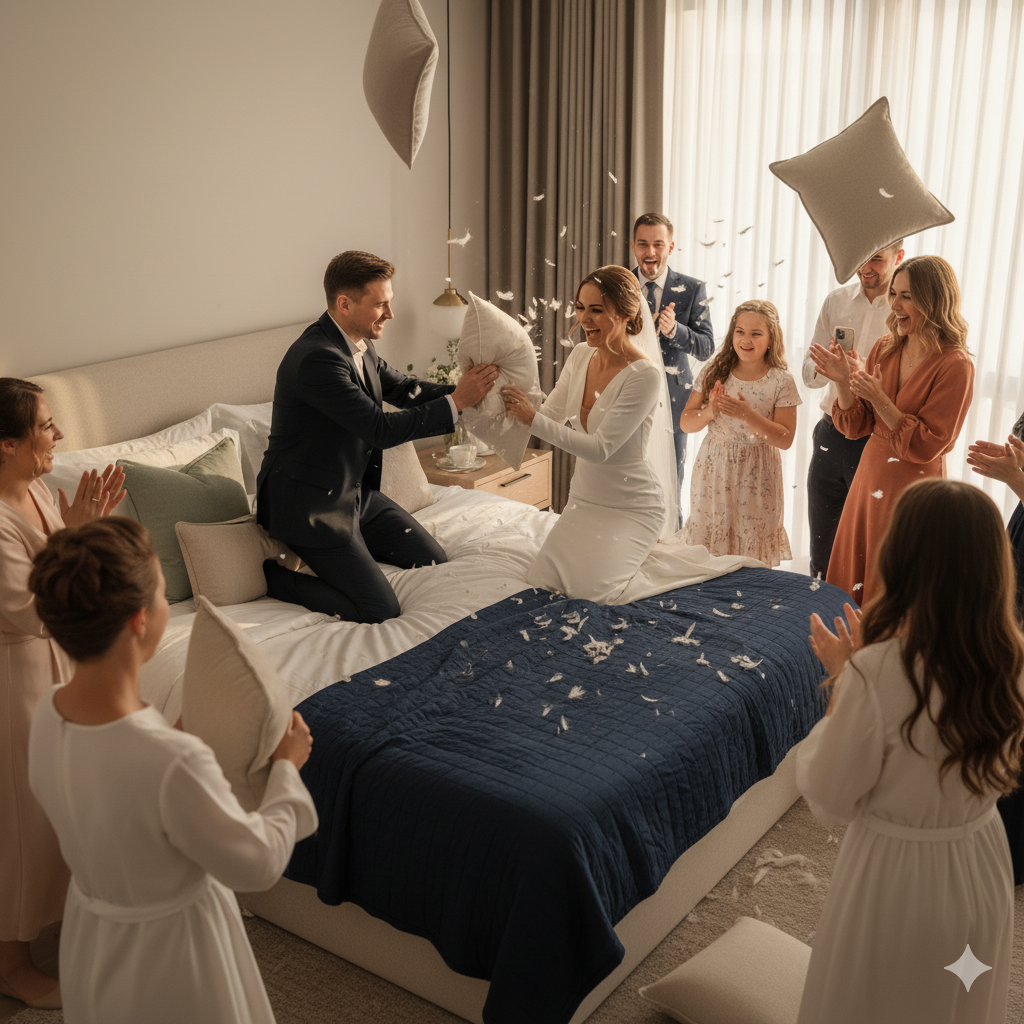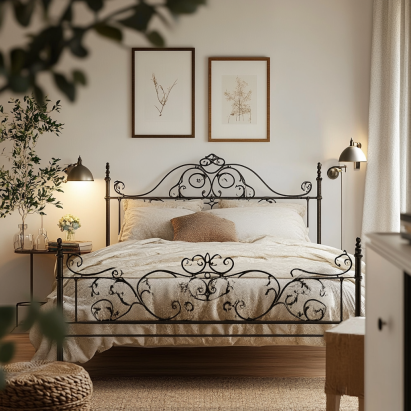Bedding Ceremonies A Timeless Tradition: 7 Fascinating Facts
Bedding Ceremonies A Timeless Tradition traces how once-public marriage rituals became today’s private, symbolic customs. Updated 2025.
Key Takeaways
- Bedding Ceremonies A Timeless Tradition once served as essential public rituals legitimizing marriage.
- They evolved from community-endorsed traditions to deeply private practices.
- Their legacy endures in symbolic wedding gestures still used today.
- Religious blessings, legal concerns, and social status shaped how these ceremonies looked.
Origins of Bedding Ceremonies A Timeless Tradition
In brief: Early European bedding ceremonies publicly confirmed a marriage and its consummation, reinforcing alliances and protecting inheritance rights.
In medieval Europe—especially among the nobility—marriage was as much a political and economic contract as a personal union. Bedding ceremonies acted as formal proof that the marriage had begun, with family or officials escorting the couple to bed. The public’s presence validated the union and ensured that heirs born from it would be officially recognized.
For a deeper historical backdrop, see the History.com feature on medieval marriage and the Sleep Health Journal on marriage and sleep rituals. Curious how bed styles evolved alongside these customs? Explore our guide to modern bed types for fascinating historical through-lines.
Religious Blessings and the Church’s Role in Bedding Ceremonies
In brief: Clergy often blessed the marriage bed to invoke fertility, prosperity, and moral order.
In Catholic regions, priests would bless the marriage bed, asking for divine favor on the couple’s union. For aristocratic families, this blessing was more than symbolic—it reinforced the expectation of producing heirs and maintaining lineage. These ceremonies blended spiritual meaning with social necessity, showing how faith, family, and governance were deeply intertwined.
Bedrooms have long held symbolic meaning. For a modern perspective on how environment influences rest and intimacy, visit the Sleep Foundation’s guide to bedroom environments. You can also explore our tips for Feng Shui bedroom layouts to create harmony in your own space.
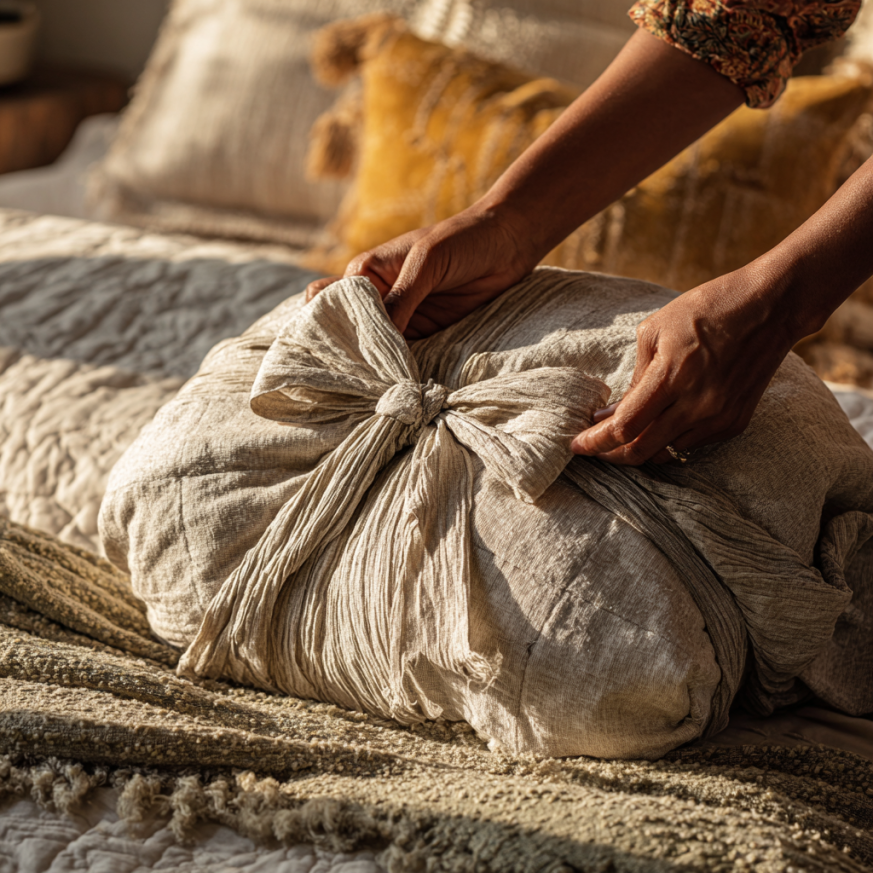
A priest offers a blessing—linking lineage, faith, and duty.
Public Witnesses and Social Validation in Bedding Ceremonies
In brief: Witnesses guaranteed legal standing, inheritance rights, and social acceptance.
Bedding ceremonies ensured that marriages were publicly acknowledged and—implicitly—consummated. In many cases, attendants remained until the couple was symbolically in bed before leaving them in privacy. Though intrusive by modern standards, this practice aimed to protect property rights and safeguard bloodlines.
For more historical insight, read our feature on the evolution of nuptial bedding ceremonies in European history.

Public witnessing once protected property, heirs, and social order.
Renaissance Shifts: From Public Bedding Ceremonies to Private Love
In brief: Renaissance ideals emphasized romance and personal choice, making ceremonies shorter and more symbolic.
The Renaissance brought a cultural shift toward individual agency and affection. While bedding ceremonies continued, guests often withdrew after brief formalities, granting couples greater privacy. This change reflected a growing belief that marriage was not solely a legal alliance, but also a personal partnership.
Looking to capture some Renaissance romance in your own home? See our stylish bed frame ideas for designs that blend beauty and intimacy.
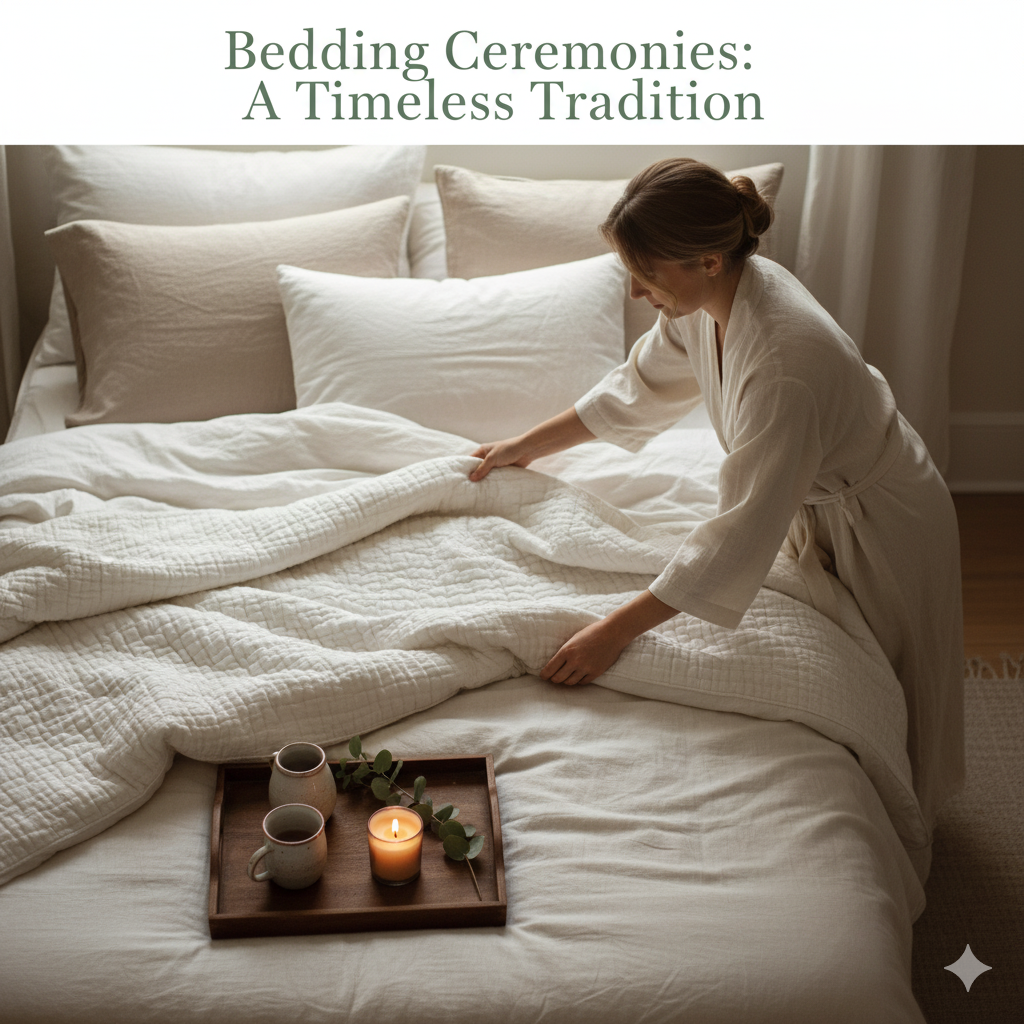
As romance rose, the public spectacle softened into private symbolism.
Victorian Modesty and the Decline of Public Bedding Ceremonies
In brief: Victorian values privatized the bedroom and recast marriage as a moral commitment.
By the nineteenth century, public witnessing fell out of favor. The bedroom became a strictly private space, and the couple’s first night was reserved for them alone. While wedding celebrations remained elaborate, this era cemented the idea that marital intimacy should be shielded from public view.
Thoughtful materials still matter today. See this overview of bedding and foam certifications for safer home choices.
For a luxurious yet modest bedroom statement, explore our feature on the gold canopy bed.
Modern Wedding Traditions Inspired by Bedding Ceremonies
In brief: Today’s symbolic gestures echo the transition from public spectacle to personal celebration.
Although bedding ceremonies are no longer practiced, their essence survives in customs like carrying a bride over the threshold, honeymoons, and unity rituals. These traditions honor the idea of starting a shared life while centering the couple’s personal connection.
For more inspiration, visit our comprehensive bed types guide to see how bedroom design continues to reflect evolving traditions.
The Lasting Legacy of Bedding Ceremonies A Timeless Tradition
In brief: The tradition’s evolution reflects a broader shift toward love-based, individualized unions.
The history of Bedding Ceremonies A Timeless Tradition charts a journey from communal oversight to private celebration. While the rituals have changed, the core purpose remains: to honor the union of two people in a way that blends heritage, meaning, and personal choice.
FAQ
What are bedding ceremonies?
Historical rituals marking the public confirmation of a marriage, often involving community witnessing of the couple’s first night together.
Why were bedding ceremonies important?
They legitimized the marriage and its consummation, securing inheritance rights and societal acceptance.
Are there modern equivalents?
Yes. Threshold carries, honeymoons, and unity rituals echo the shift from public to private celebration.
Final Thoughts
Bedding Ceremonies A Timeless Tradition reminds us that rituals endure because they adapt. What began as public validation has transformed into a deeply personal celebration of love and partnership, reflecting our evolving values while keeping a connection to the past.
For more inspiration on creating meaningful bedroom spaces, visit Cozy Bed Quarters.
Related reading from Cozy Bed Quarters
- Exploring Modern Bed Types: A Comprehensive Guide
- Stylish Bed Frames to Elevate Your Bedroom Decor
- Gold Canopy Bed: Elegant Luxury
Other reading we found popular
- Architectural Digest: Duvet vs Comforter
- Sleep Foundation: Bedroom Environment Guide
- Apartment Therapy: Best Duvet Inserts 2025


